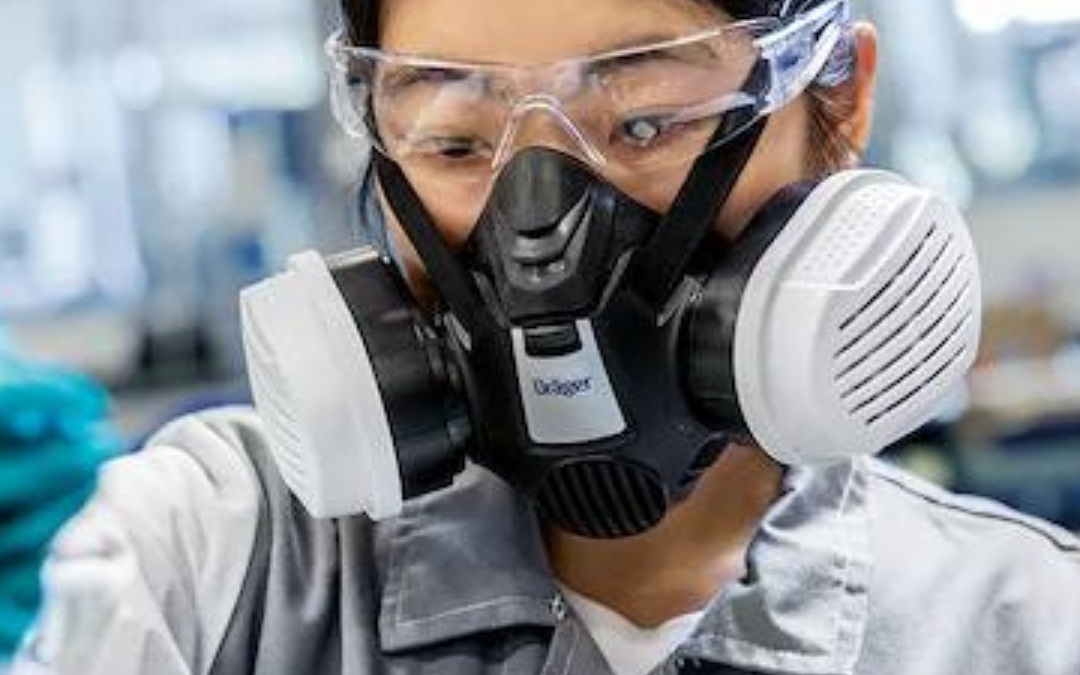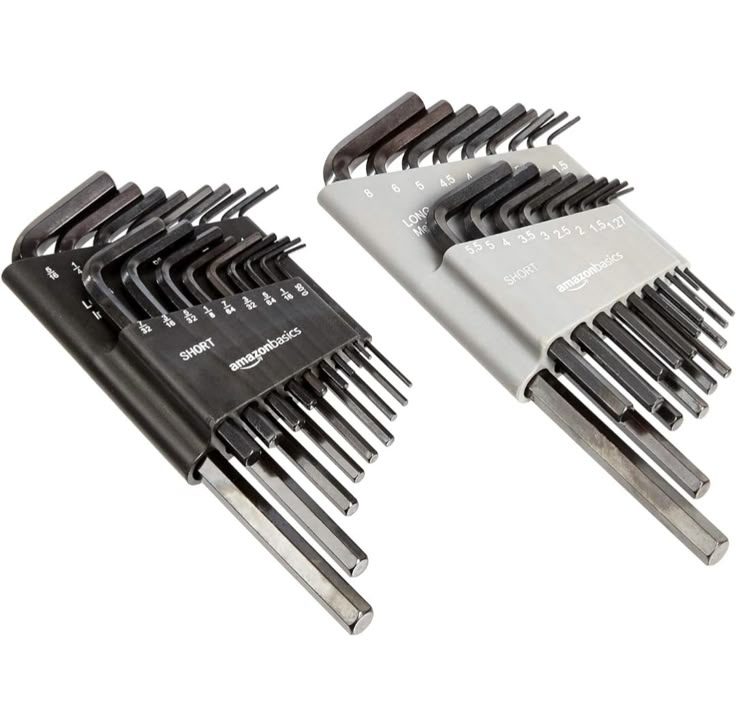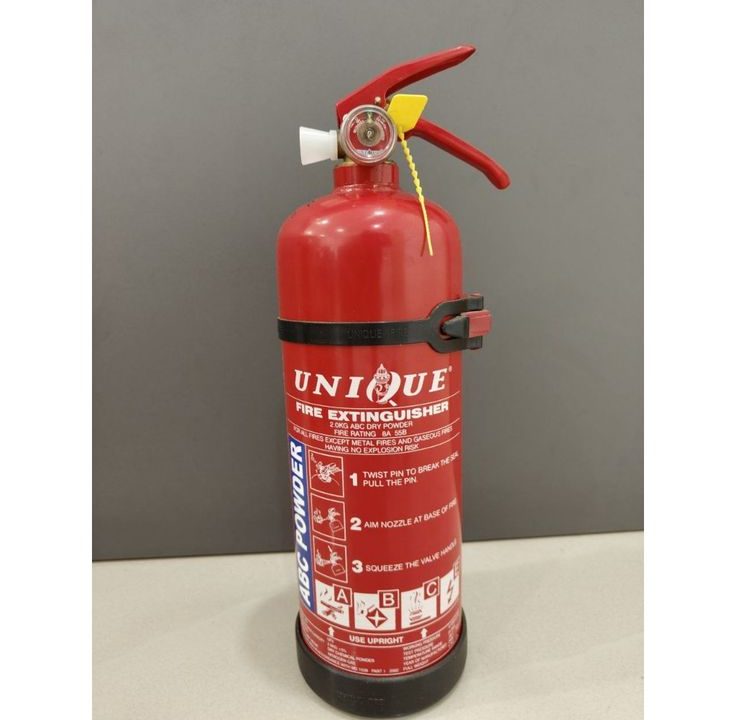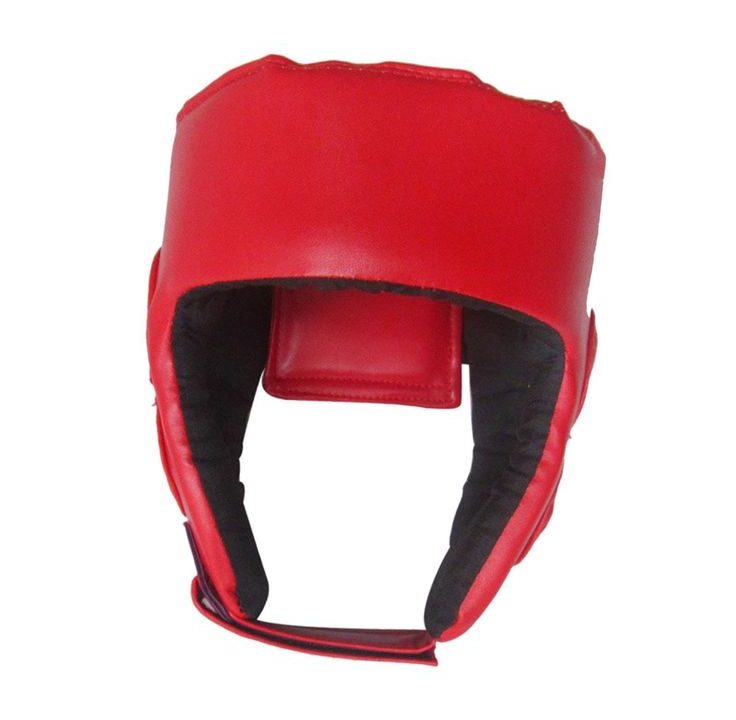Different Types of Breathing Protection Equipment Available Today

Ensuring Safe Travels: Essential Road Safety Equipment for Every Journey
May 21, 2024
What Are the Common Mistakes People Make When Using a Fire Extinguisher
June 14, 2024In today’s world, the air we breathe is often filled with pollutants, chemicals, and harmful particles. Here, the significance of breathing protection equipment cannot be understated.
Whether you’re working in a dusty construction site, a chemical plant, or just want to protect yourself against airborne diseases, there’s a variety of breathing safety equipment designed to keep you safe.
Essential Takeaways
- Breathing protection equipment is vital for safeguarding your lungs from hazardous substances in the air.
- Understanding the specific hazards you face is key to selecting the right type of respiratory safety.
- Choosing the right equipment in order to get the appropriate breathing protection is important.
From simple masks that filter out dust and pollen to advanced systems that protect against harmful chemicals and gases, the options are extensive. These technologies continue evolving, incorporating advanced materials and designs that offer comfort and unparalleled protection.
Let’s look into the different types available today to make sure that your lungs are well-protected against potential hazards.
The Basics of Breathing Safety Equipment
Before we explore the different types of equipment, it’s important to understand what breathing equipment is. Simply put, it consists of devices designed to protect the wearer from inhaling harmful substances.
This equipment ranges from simple masks that filter out dust and pollutants to more sophisticated systems that provide clean air in environments with toxic gases.
Types of Breathing Protection Equipment
These types of equipment can be broadly classified into two categories: Air-Purifying Respirators (APRs) and Supplied Air Respirators (SARs).
Air-Purifying Respirators (APRs)
APRs remove contaminants from the air using filters, cartridges, or canisters. These masks suit environments where the air contains particulates or gases that can be filtered out. APRs include:
- Disposable Dust Masks
These are the simplest forms of APRs, offering minimal protection against non-toxic dust and irritants. They are ideal for light dust exposure in construction or gardening.
- Half-Face and Full-Face Respirators
These respirators provide a higher level of protection, covering either half or the entire face. They are equipped with replaceable filters or cartridges designed for specific contaminants. Full-face variants also protect the eyes and face from irritants and harmful substances.
- Chemical Cartridge/Gas Mask Respirators
These are designed to protect against specific gases and vapors. The cartridges contain materials that absorb or chemically react with the contaminant, removing it from the air you breathe.
Supplied Air Respirators (SARs)
SARs supply the wearer with clean air from an uncontaminated source. They are used in environments where the air is too contaminated or oxygen-deficient for APRs to be effective. Types include:
- Self-Contained Breathing Apparatus (SCBA)
Commonly used by firefighters, SCBAs have their own air supply in tanks carried by the wearer. They provide the highest level of respiratory protection and are used in extremely hazardous environments.
- Airline Respirators
These connect to a source of clean air via a long hose and can provide a continuous supply of air for long durations. They are often used in spray painting or chemical handling tasks.
- Powered Air-Purifying Respirators (PAPRs)
Combining elements of both APRs and SARs, PAPRs use a battery-powered fan to draw air through filters to the wearer. They offer less breathing resistance and can be used for longer periods.
Choosing the Right Breathing Protection
Selecting appropriate breathing safety equipment involves several critical considerations that ensure safety and compliance:
- Identify the Hazards: Determine the types of airborne hazards present, such as particulates (dust, mists, fumes) or gases and vapors. Assess if there is an oxygen deficiency in the environment.
- Evaluate Fit and Comfort: Make sure the respirator provides a proper fit to prevent leakages and consider its comfort level, as this can influence compliance and effectiveness.
- Select the Right Filter: Choose the correct filter or cartridge based on the identified contaminants’ type and concentration, ensuring it matches the protection needed for specific pollutants.
- Legal Requirements and Standards: Ensure that the chosen respirator meets relevant safety standards and legal requirements, such as those set by OSHA or NIOSH.
- Training and Use: Provide proper training on the use, maintenance, and limitations of the respirator to all individuals who will use it to ensure they are worn correctly and effectively.
- Consult with Professionals: If you are unsure about the type of respiratory protection needed, consult with safety professionals or industrial hygienists who can provide expert advice.
By following these points, you can more effectively choose respiratory safety that guards against workplace hazards while ensuring user safety and regulatory compliance.
Frequently Asked Questions (FAQs)
If you have questions about how to keep your air clean and safe to breathe, you’re in the right place. We’ve put together answers to some common questions to help you choose the right mask.
Q1: Can I use any type of filter with my half-face respirator?
No, you must use filters that are compatible and certified for use with your specific model of respirator.
Q2: How often should I replace the cartridges in my gas mask respirator?
The frequency depends on the concentration of contaminants and the duration of exposure. Always follow the manufacturer’s recommendations.
Q3: Are disposable dust masks effective against chemical vapors?
No, disposable dust masks are designed to filter out particulates and are not effective against gases or vapors.
Q4: Can supplied air respirators be used in any environment?
While SARs provide the highest level of protection, they are not suitable for confined spaces without ensuring a reliable source of clean air is available.
Q5: Is training required to use breathing protection equipment?
Yes, proper training on how to correctly use, maintain, and store the equipment is crucial for ensuring safety and effectiveness.
Final Thoughts
Protection of the respiratory system is an essential aspect of occupational safety and health, as well as personal well-being. By choosing the appropriate type of breathing protection equipment and ensuring its proper use and maintenance, you can significantly reduce the risk of respiratory health issues.
Remember that the best protection is the one that suits your specific needs while meeting or exceeding safety standards, so always make an informed decision based on a thorough hazard assessment.




